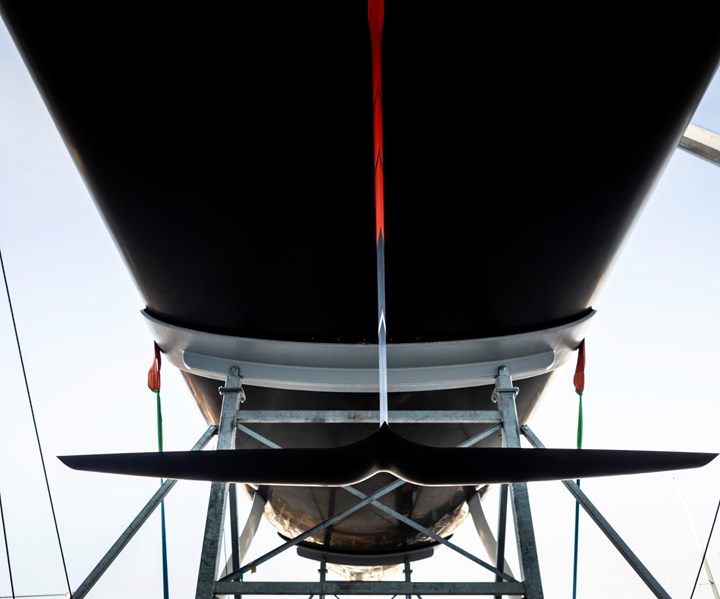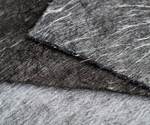Britannia boat cradles manufactured with ELG recycled carbon fiber
ELG Carbon Fibre has processed more than 1.2 metric tonnes of INEOS Team UK’s carbon fiber waste materials to produce two cradles for the new race boat.

Source | ELG Carbon Fibre Ltd.
ELG Carbon Fibre (ELG; Coseley, U.K.) has announced that, in a partnership with INEOS Team UK (Portsmouth, U.K.), it has processed more than 1.2 metric tonnes of the team’s carbon fiber waste materials and used them to produce two cradles for the new race boat Britannia. INEOS Team UK’s waste was composed of pre-impregnated and cured parts from the current campaign, which ELG has subsequently reprocessed into thermoset and thermoplastic compounds and nonwoven mats. Molds for the hull regions of the team’s test boats have also been manufactured using the same technology, ELG says.
Britannia was officially launched in October at the INEOS Team UK’s headquarters in Portsmouth. The 75-foot foiling monohull is reportedly the first of its size, requiring a strong and stable cradle to support the boat in transit.
ELG’s nonwoven carbon fiber mats were used to produce the curved cradles the hull sits upon. The company’s technical service engineers provided guidance about the specific processing requirements for these materials. Vacuum infusion was selected as the most economic method for manufacturing these parts, although ELG says its materials can also be used in prepreg and liquid compression molding processes. ELG’s products were also incorporated into the hull mold, which was made using a vacuum infusion process.
“ELG’s technology was ideal for the cradles application. Their recycled materials are easy to handle, perform well and fitted straight into our production processes,” says Alan Boot, naval architect at INEOS Team UK. “As an America’s Cup Team we hope to lead the way showing other manufacturers you can avoid putting materials in landfill, close the loop and reuse the fibers with stunning results. This is a game changing approach to marine manufacturing that we are delighted to be part of.”
For more on recycled carbon fiber, read about the current state of recycled carbon fiber, listen to a podcast episode about the market for recovered fibers, or read a guest column about the challenge of identifying test procedures for recycled carbon fiber composites.
Related Content
-
Cryo-compressed hydrogen, the best solution for storage and refueling stations?
Cryomotive’s CRYOGAS solution claims the highest storage density, lowest refueling cost and widest operating range without H2 losses while using one-fifth the carbon fiber required in compressed gas tanks.
-
Plant tour: Teijin Carbon America Inc., Greenwood, S.C., U.S.
In 2018, Teijin broke ground on a facility that is reportedly the largest capacity carbon fiber line currently in existence. The line has been fully functional for nearly two years and has plenty of room for expansion.
-
Welding is not bonding
Discussion of the issues in our understanding of thermoplastic composite welded structures and certification of the latest materials and welding technologies for future airframes.

.jpg;width=70;height=70;mode=crop)














